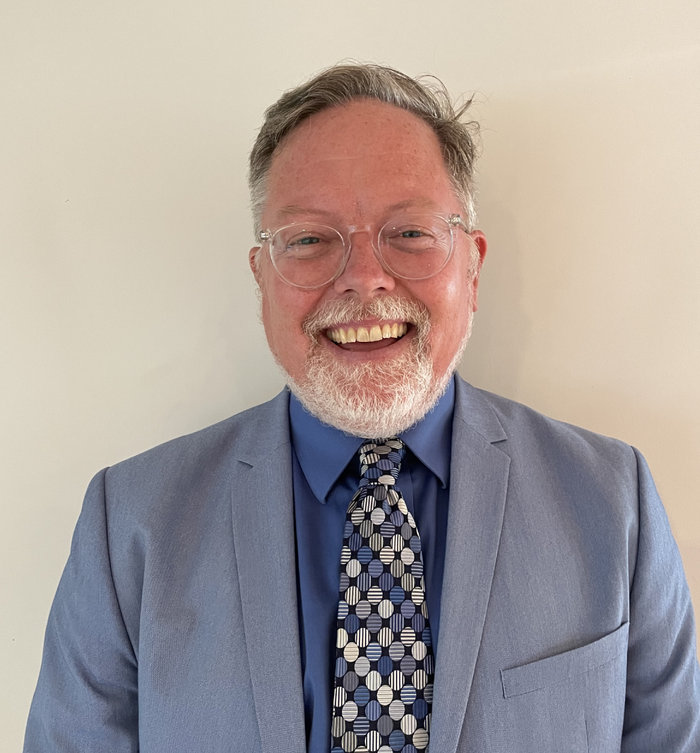Discovering “Nano-optimized” science and the possibilities of nanotechnology, Prof. Webster and his research team are solving some of healthcare’s biggest problems
 Prof. Thomas J. Webster is an entrepreneur at heart. While he has a passion for teaching the next generation of biomedical engineers to solve some of our healthcare’s biggest problems, he has also been solving our healthcare’s biggest problems on his own.
Prof. Thomas J. Webster is an entrepreneur at heart. While he has a passion for teaching the next generation of biomedical engineers to solve some of our healthcare’s biggest problems, he has also been solving our healthcare’s biggest problems on his own.
In over 20 years serving as a Professor and directing over 200 student research projects, his research has formed over a dozen active companies. Impressively, his research has led to the commercialization of over a dozen FDA approved products now in over 20,000 patients, with no cases of implant failures (via NanoVis Medical and NanoVis Spine). No infections. No chronic inflammation. No tissue non-unions. Most of these products have been in the area of orthopedics and nanotechnology. Zero orthopedic implant infections is clearly much better than the current industry standard of 5 – 10% failures and its predicted increase by 137% by 2030 due to growing concern over antibiotic-resistant bacteria.
His research team was the first to document that nanomaterials (or materials with at least one dimension less than 100 nm) increase tissue growth1, decrease infection2 and limit inflammation3, without requiring antibiotics or anti-inflammatory agents to promote implant success. His research team has further trademarked the term “Nano-optimized” (Figure 1) in which he pioneered a mathematical formula that can predict and implement nanoscale surface features on any medical device to promote success4.

Going deeper to understand nanomaterials
At a time when many researchers are not concerned with why their materials work, Prof. Thomas Webster reverses this trend. His research team has also spent their careers understanding why tissue growth is enhanced on nanomaterials but bacteria function and inflammation are limited.
Answers involve identifying that nanotextures are found everywhere in nature, including on the surface of insect wings that decrease bacteria colonization. Biophysical models have also been developed which show that while bacteria cell membranes are too stiff to stick to the tiny contours of nanotextured surfaces, mammalian cell membranes prefer such nanotextures and even prefer to attach to them since they mimic natural tissue roughness. Moreover, nanotextures can control implant surface energy, making a surface more hydrophobic or hydrophilic depending on their geometry.
This change in surface energy will alter initial protein interactions that can repel bacteria and/or promote mammalian cells to attach and make tissue. His research team and companies have shown that any medical device can be improved through the use of nanotextures, an idea that is exploding all over tissue engineering and regenerative medicine.
Going beyond traditional static medical devices
Prof. Webster and his researchers have pushed the boundaries of nanotechnology and its use in medicine. He has developed ultrathin metallic porous membranes for stem cell delivery that outperform traditional polymeric cell delivery devices (NanoVault; Figure 2). Such nano pores can keep embedded stem cells alive without becoming clogged due to inflammatory reactions. His team has pioneered the use of growing sensors off of orthopedic implants to electrically measure what type of cell, and how much and where they attach to the implant (Kalnar Technologies; Figure 3).
Further, such sensors can communicate implant health to hand held devices in real time and over long time periods. Such sensors can also be stimulated to release bioactive agents to ensure no infection, no inflammation, and that only proper tissue growth ever occurs. Currently, no orthopedic implants employ sensors to monitor implant health. Recently, he also formed yet another company (Quarksen) to develop a breathalyzer to determine viral infections and other diseases from your breath (everything from COVID to Alzheimer’s Disease).
His company Interstellar Therapeutics has introduced the concept of 4D printing to medicine where 3D printed materials are programmed to change shape after being implanted. 4D printed materials are showing promise for treating scoliosis, among other medical diseases, where just one implant is needed rather than repetitive surgeries for new spinal rods as the spine is straightened. Similar promise for 4D printed materials exists for treating intervertebral tissue growth, acid reflux, and stem cell delivery.


Introducing new nano chemistries
His companies have also been introducing new green nano chemistries to medicine (such as SynCell and Novaurum). Specifically, his research team has shown that rather than resorting to the use of toxic chemical catalysts for synthesizing nanoparticles as is traditional, one can use natural materials. Natural materials like plants or even biological cells themselves can make environmentally friendly nanoparticles with even better properties at killing cancer and infection. So yes, you can save the environment and human health in one approach – a term he has coined Green Nanomedicine. Similar nanoparticles are being commercialized for another one of Prof. Thomas Webster’s companies, MetasFree, which is the only technology that targets cancer metastasis.
Self-assembled nanomaterials are also a critical part of Prof. Thomas Webster’s entrepreneurship activities where his research team has used such materials as injectable bone and cartilage healing materials, COVID preventative therapies, and even treating the common cold (Audax). Such materials are even being commercialized for treating polycystic kidney disease through AKICept.
Prof. Thomas Webster and his commercialization team are just getting started…
So, yes. Nanomaterials are being actively commercialized across all of medicine and are in humans today improving their health: from growing bone without infections to stopping cancer metastasis to implantable sensors to 4D printing materials, to name a few. And Prof. Thomas Webster and his commercialization team are just getting started…
References
- Webster, T.J. et al. Biomaterials 20(13):1221-1227, 1999.
- Colon, G. et al. Journal of Biomedical Materials Part A 78(3): 595-604, 2006.
- McKenzie, J.L. et al. Biomaterials 25(7-8): 1309-1317, 2004.
- Khang, D. et al. Biomaterials 28(32): 4756-4768, 2007.


